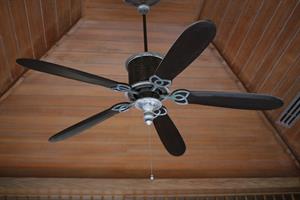PDF chapter test TRY NOW
Based on the distance and the time interval, motion can be split into two types, namely, uniform motion and non-uniform motion.
Uniform motion:
An object is said to be in uniform motion if it travels in a straight line covering equal distances in equal intervals of time. In this type of motion, the time interval will be small.
Illustration:
Imagine a car moving in a straight line covers 5\ m in the first second, then 5\ m more in the next second, 5\ m in the third second and again 5\ m in the fourth. Here, the car has travelled 5\ m in each second, showing that it is in uniform motion.

A car moving in a straight line
Example:

Movement of blades of a fan

Movement of hands of a clock
Non-uniform motion:
An object is said to be in non-uniform motion if it travels along a straight line covering unequal distances in equal intervals of time.
Illustration:
At the starting point of the journey, the train was at rest, and then it starts moving slowly. After covering a certain distance, the train gathered some speed. Then, it slowed down while crossing a bridge and stopped at the stations for the passengers.
Finally, the train slowed down and came to a halt at the last station. Throughout the journey, the speed of the train was not the same. Thus, the motion is said to be a non-uniform motion.

Moving train
Example:

A car moving on a crowded street

A person jogging in a park
